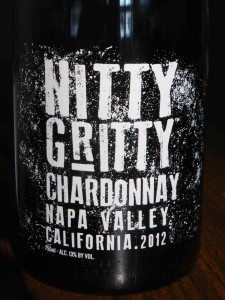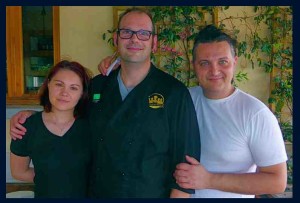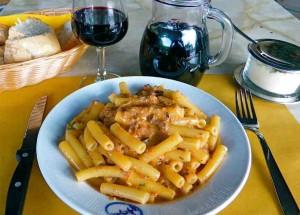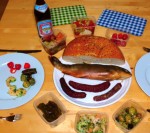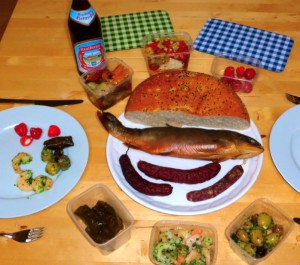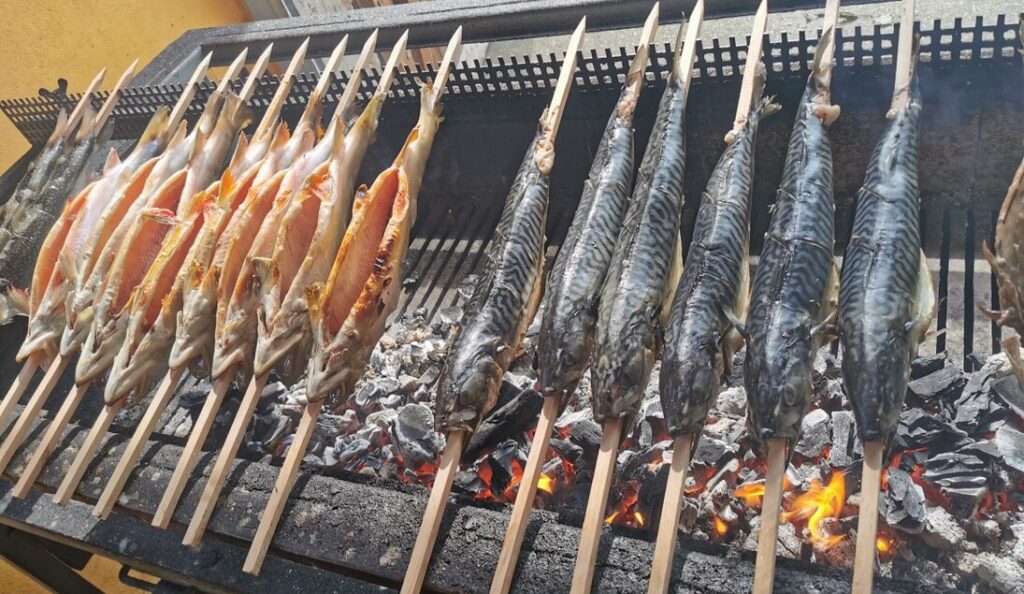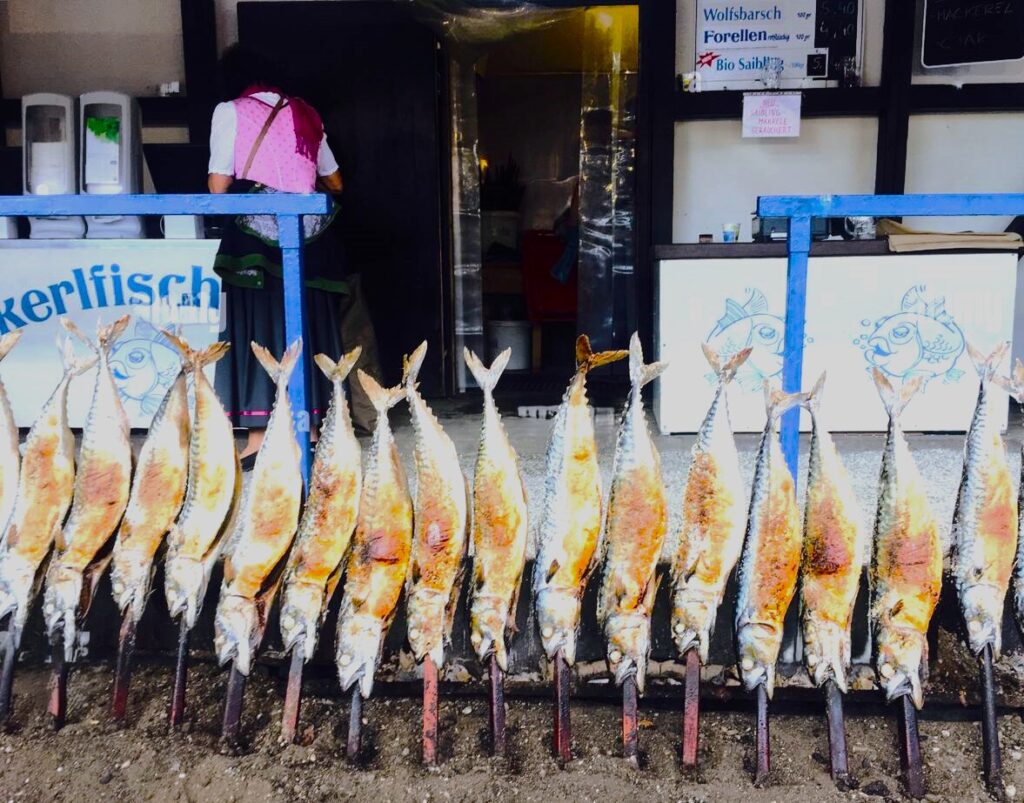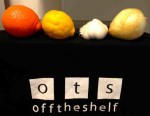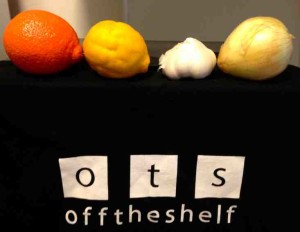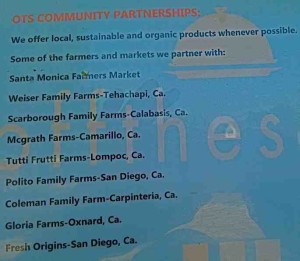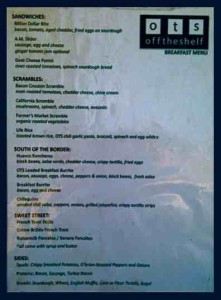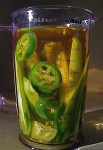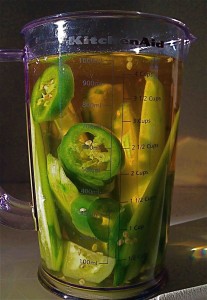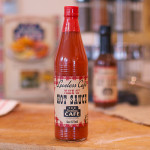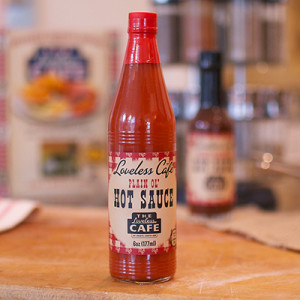
 Oktoberfest approaches again and the Dude of Food can barely wait!
Oktoberfest approaches again and the Dude of Food can barely wait!
The original Oktoberfest celebration began as a wedding party in Munich on October 12th, 1810 when Prince Ludwig of Bavaria (later King Ludwig I) married Princess Therese von Sachsen-Hildburghausen. All of Munich and the surrounding areas were invited to enjoy the joining of these 2 love birds. It’s been written that approximately 40,000 folks attended the party. The celebrating included a large feast, jousting and a horse race in the Sendlinger part of town at the current Oktoberfest party grounds. The wedding party lasted for many days. Everyone partied and good times were had by all.
There was entertainment at the Marienplatz, the Promenadenplatz and other spots about the city. 32,065 buns, 3,992 pounds of Swiss cheese, 400 kilos of mutton, 8,120 sausages and 13,300 pairs of smoked sausages were distributed for free. 6,125 gallons of beer and 98 gallons of Austrian white wine were also served. 150 musicians entertained the fun loving crowd.
The actual wedding took place in the Court Chapel of the Munich Residenz.
I worked for Heidi Klum for 9 years on Germany’s Next Top Model and fell in love with the awesome crew, German people and their culture overall. Oida! Ish liebe Bavaria und Germany. Vielen danke und prost.




